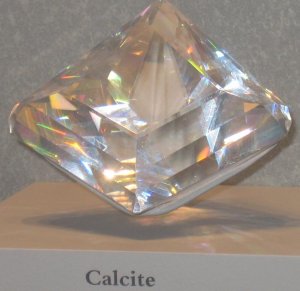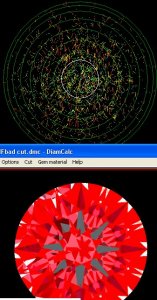glitterata
Ideal_Rock
- Joined
- Apr 17, 2002
- Messages
- 4,787
Date: 10/13/2009 5:08:27 PM
Author: Wink
Some of us experts believe that the larger virtual facets formed by better optical symmetry will make the diamond perform better than one with more numberous and smaller virtual facets, particularly when many of the additional facets are below the limit of discerment by the unaided human eye.
Wink
Wink, I don''t see how that can be right, or else Old European Cut diamonds would "perform" better than modern brilliant ideal cuts with wonderful symmetry, since OECs have much bigger virtual facets.
In fact, I love my OEC for its big virtual facets, which give flashes of amazing fire. But it''s not as bright as the AGS ideal, fantastically symmetrical Infinity diamonds I bought from you.
Also, it''s possible to manipulate the size of the virtual facets without necessarily increasing the symmetry.
I love the pretty star pattern in my Infinities. I love knowing that they''re the result of an amazing level of craftsmanship. But my not-that-symmetrical OEC beats them hands down for large virtual facets.









300x240.png)